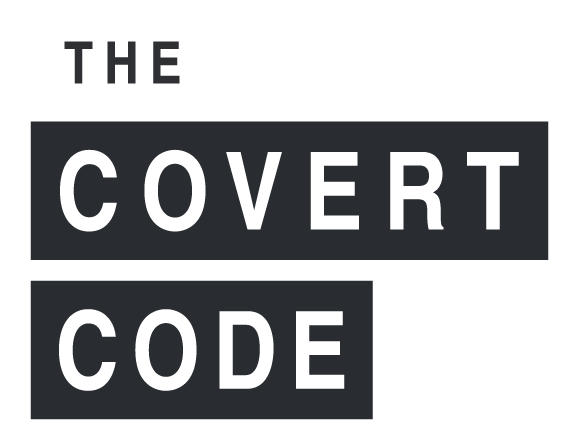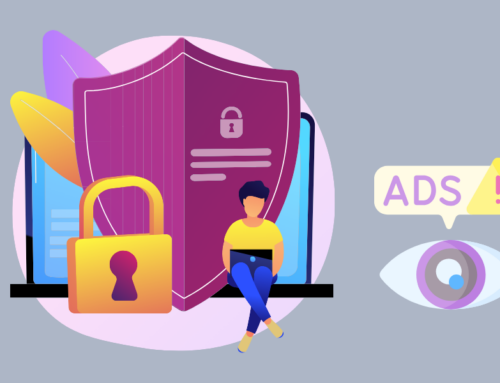Who’s in control?
The answer to this question matters when building a company’s technology stack. It’s imperative to look forward and ask yourself if what you’re doing will enhance or diminish your company’s ability to understand its customers or evaluate its team’s performance. Staying in control must always be the deciding factor for any technology decision.
Many of the companies I work with are implementing AI. It’s often a more cost-effective solution to use automation to replace human actions. So, what is the difference?
Automation means creating rule-based and controlled systems, workflows, and communication processes. These reduce redundancies and speed up production.
I often tell clients that if they find themselves “copying and pasting” an email or text, that’s an ideal opportunity for automation. Rather than spending the time to forward an email, schedule a pipeline workflow step that allows the content relationship management (CRM) system to send it on your behalf after a key milestone in the sales process is reached.
For example, after you share a proposal with a client, 30 minutes after the record is moved from schedule to demo ran, direct an email to go out addressed to that person with a thank you, a few important bullet points, or attachments on your company’s leverage points of difference (“Why Us”), and then end it with a call to action for next steps.
The same rules apply for building team best practices, such as tagging a sales manager when enough time passes between a customer’s verbal commitment and signing a contract or automatically queuing up a callback for customer service and sales teams to help ensure nothing slips through the cracks.
Automations, when used correctly, use collective intelligence to create systems that implement proven company best practices to help better control the customer experience and manage team efforts. They are low-cost to maintain and implement, can replace manual tasks, and will deliver consistent results every time.
AI, on the other hand, operates using data to predict and create decisions. What’s the difference? You can’t control the outcome or measure results since they’re being developed in real time.
AI requires training and ongoing monitoring. Don’t assume that once you spend the time to train the program, it will be able to replace a human. The data it is using to learn today will change tomorrow.
Think about your business. Are your customers asking for the same solutions they were two years ago? What about six months ago? Are the products and services your company offers exact replicas of the past and exactly the same as when you first established your EIN?
The answer is no. Times change, people change, and products change. The AI you train today will not be able to solve tomorrow’s business problems, at least not without human oversight.
There are times when implementing AI can effectively review automations and provide insight into whether they are working. For example, you could deploy this technology to review conversations using automation to understand the value and identify if a change in the delivery timing, word choice, or imagery could increase conversions. This could be very beneficial, especially for companies sending hundreds of messages daily to identify patterns by gender, location, or product/service offering.
It all comes back to control. Technology should make you more empowered, not less. Always start with what you already know works, and then ask yourself what’s missing. Train the AI to help you answer those questions today, and use that information to better prepare for tomorrow’s opportunities.











